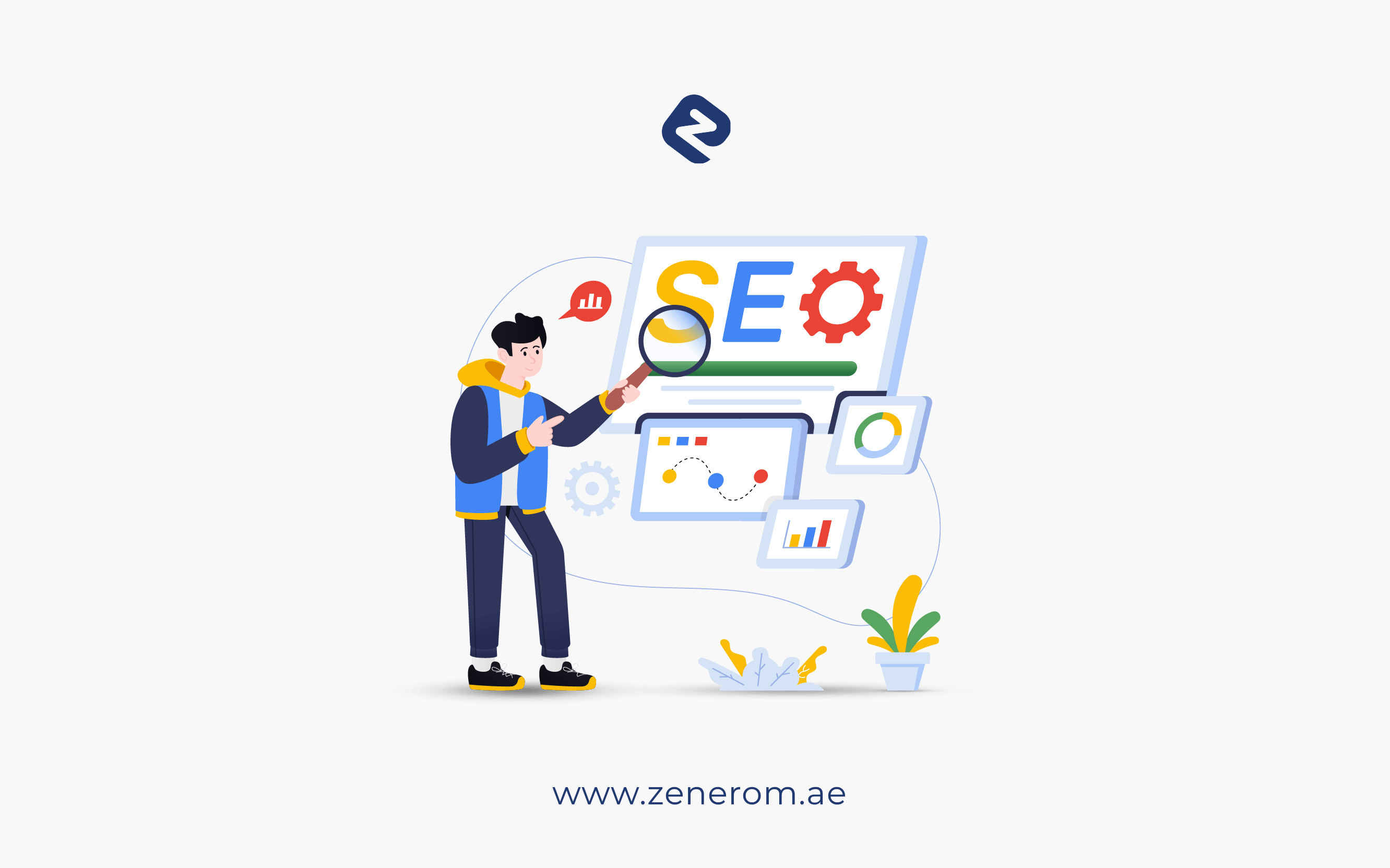Any link that takes users from one page of your website to another is internal. Visitors and search engines use links to navigate your website’s content. Links help your users explore your website and discover the material they’re looking for. Links are also a navigational tool for search engines on your website.
There are various kinds of internal links. You can include links inside your content and those on your homepage, menu, post feed, etc. These are what we refer to as contextual links. Contextual links direct your users to relevant and engaging content.
Additionally, they make it possible for search engines to identify related content on your website and assess its worth. A significant page will appear to search engines as more important the more links it receives. Good internal links are, therefore, essential for your SEO.
All websites, especially e-commerce sites, contain both internal and external links. Instead of internal links, which connect your website’s pages and articles, external links connect your pages to other websites.
This post will focus on internal links and their importance for SEO. All websites, especially e-commerce sites, contain both internal and external links. This post will focus on internal links and their importance for SEO. The objective is to have more external links pointing to your website.
View our articles on link building. To find information on websites and rank it in search results, Google follows links. A bar or page receiving a lot of links indicates to Google that it is an essential or valuable article. Both internal and external links are considered in this.
Internal Links: Different Types
1. Navigation links:
These internal linkages are the most common. The audience is guided by these links, which provide your website structure.
2. Editorial links:
Links added to your site’s body copy are known as editorial links. These links, which are the most beneficial for your website, can be naturally incorporated into your site’s content.
3. Footer or site-wide links:
The footer links at the bottom of the page are used to increase the usability of your website. The bottom of a website frequently contains contact details, social media buttons, or an internal search engine for your website.
4. Taxonomy and categorical links:
To make content more accessible for readers to browse, these links group popular topics, such as pertinent blogs or post categories. A parent service page is additionally reachable through them.
With links, your article will rank well. The primary strategy employed by SEO Expert in Dubai was using an effective internal linking strategy, highlighting your site’s most pertinent content and educational and practical blogs. As your website expands and you add more content, crawl it and check your internal links regularly.
How Internal Linking Enhances Website Structure, Crawlability, and SEO Performance
Doing so may keep your page constantly updated and use all the advantages of internal linking. Using the Google bot, Google crawls a website by going down all of the links—internal and external. The bot reaches a website’s homepage and begins following the first link it encounters. It can learn about the connections between web pages by clicking on these links.
Along with figuring out how other web pages relate, Google divides the link value among all the links on a web page. As a result of having the most internal links per page, the homepage of every website often has the highest link value. Other links on those sites will share the link value as it is passed on to the following pages.
More links to a post indicate more excellent value since links pass on their link value. To help Google understand the structure of your website, you should incorporate links into your content. They assist you in creating a site hierarchy that enables you to give crucial web pages on your website or blog posts more value than the others.
For user convenience, A page’s or blog post’s SEO ranking will benefit from having relevant internal links that will aid in SEO ranking. A crucial component of the crawl depth is creating internal links. Search engine crawlers can’t simply explore your website if it doesn’t have connections.
Since fewer pieces of content are being indexed, bad organic rankings negatively impact your online exposure. Use breadcrumbs to indicate a user’s path to a specific webpage to make it easier for people to navigate. When you search for something on Google, all the information that appears in the search results is the product of Google indexing multiple websites for information.
You must optimize your website for all the elements that affect the Google crawl rate since Google continuously crawls and indexes websites to present people with the most up-to-date information possible. Let’s examine the many techniques employed by SEO link building Dubai to enhance link building in the industry.
Techniques to Improve Internal linking Today.
Web admins may concentrate on external links’ quality rather than quantity in a post-Penguin environment. However, they will still be a significant SEO asset and a top priority for any site for the foreseeable future.
The top five reasons to increase internal linking right away include:
1. Enhance Site Indexing
Getting your pages indexed is the first step in achieving a high SERP ranking. Internal links help index because they make it easier for search engines to find every page on your website without heavily relying on external links.
External links help search engines index your website, but their main goal is to raise your website’s link authority. Let your website’s internal links take care of most of the work necessary to index your site thoroughly and accurately.
2. Distribute Link Equity
Websites can occasionally be compared to towns or cities, and external links to a natural resource like water, depending on their size. On your website, some pages will inevitably draw more connections than others and serve as link reservoirs, while others will be as barren as the Sahara. When heavily linked pages on a site don’t internally link to other sites, it causes bottlenecks.
Internal links serve as conduits that transfer link equity from pages with plenty of link equity to those with less. They disperse the link juice so you can access pages on your site that can be more valuable, such as primary landing pages or those with higher conversion rates.
3. Expand Your Keyword Area
Although there are several content techniques available, internal linking can frequently accomplish the same objective of expanding the number of keywords for which you rank. Internal links from a website with adequate link juice can suddenly make other pages on your site rank for new terms by leveraging keyword variants in the anchor text.
Medium to long-tail phrases responds particularly well to this tactic. Long tail techniques frequently offer the most substantial long-term ROI for websites located in highly competitive keyword areas.
4. Extend the Conversion Funnel
You may occasionally see that less-than-ideal sites rank higher for some keywords than your primary landing pages despite all of your optimization efforts. But you can use those pages and open up new doors into your conversion funnels by using an efficient internal linking strategy.
Were you experiencing a sudden increase in traffic to a blog post? You can widen your conversion funnel and direct more visitors from low-value pages with high traffic to the precious pages on your site by adding internal links with the correct anchor text to your primary landing pages.
5. Help Your Customers and Users
Usability across the board and pogo-sticking were two of the main things the original Panda Updates intended to affect. A less-than-ideal page may occasionally rank higher for a keyword than an ideal page, despite your best efforts, as was previously mentioned.
However, the choices available to users suddenly become more important when they arrive on a subpar page. Users might pogo-stick back to the SERPs if there are no other options for navigation, which would give search engines a lousy signal.
However, a page with beneficial internal connections gives users the navigational options they need to stay on the website. This enhances user experience and provides search engines with better signals by extending users’ average time on the site, reducing bounce rates, and assisting in preventing pogo-sticking.
When internal links are established correctly, a user who searches for “blue widgets” and ends up on a page for “red widgets” is steered precisely. In terms of user experience and conversion rates, this frequently makes a significant impact.
Common Internal Linking Mistakes to Avoid
Common internal linking mistakes to avoid in 2025 revolve around ensuring your internal links provide real value and a seamless user experience. One major error is creating broken links that lead nowhere, frustrating users and harming your SEO. Overstuffing anchor text with keywords or using vague phrases like “click here” can confuse both visitors and search engines, diminishing link effectiveness. Linking to irrelevant or low-value pages disrupts the user journey, so every link should have clear context and add depth. Orphan pages those not linked from anywhere else, get ignored by search engines and users alike, losing ranking potential. Additionally, having no clear internal linking structure or topic clusters results in chaotic navigation and diluted link equity. Lastly, neglecting to update internal links after URL changes causes broken pathways. To optimize internal linking today, focus on natural, relevant links arranged in a logical structure that enhances both user navigation and search engine understanding. Regular audits and thoughtful linking strategies are essential to avoid these pitfalls and maximize SEO benefits.



